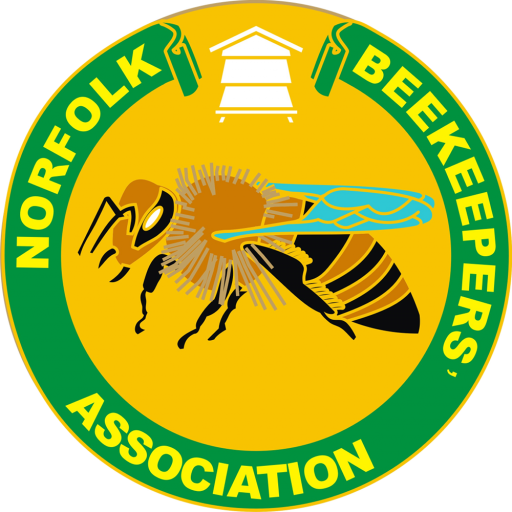Tasks this month include checking the condition of the colony, making sure that your equipment is cleaned and ready for the new season and thinking about how you are going to control varroa this year.
Equipment
Clean smoker and hive tool – scrape off surplus propolis then wash with hot solution of washing soda. Rinse off with clean water. Use personal protection – i.e. rubber gloves, overalls/apron and eye protection. Check over supers. They will be needed very soon when bees are covering 9-10 combs (congestion provokes swarming). Scrape/wirebrush queen excluders clean. Prepare new frames with foundation, ensure you are ready for swarm control.
Colony assessment
On a warm day (14-16ºC) when bees are active, and using a little smoke to control the bees, remove the crown board and make a fairly quick (2-3 minutes maximum) assessment of the colony’s condition.
Change or clean hive floor to remove over-winter debris, dispose of this carefully. Scorch the floor with a blowtorch if possible to sterilise. (Good practice to have at least one spare floor board.) Remove mouse guards but ensure entrance blocks are in place until mid – end April. Food – at least 2 or 3 mainly full combs of sealed stores needed. If less then feeding will be required. Has the stock any sealed worker brood? Brood on 3 or 4 combs seems common, showing that bees are building up and will be using food reserves. Are there any signs of disease? Or Varroa damage? In the case of Varroa, deformed wings or discarded immature pupae? If so, plan to treat with Apiguard or other approved treatments to control problem as part of “integrated pest management” (IPM) programme.
Feeding
If bees are short of food, add baker’s fondant. This can be laid, in strips on the top bars, or placed above the open hole of the crownboard. You can make your own fondant or buy it.
If too cold…
If March is a cold month and too cold for inspection, do heft your hives. If any are light you must feed as above or they will starve.
